Egyptian art quiz #1
1/20
There's no tags or description
Looks like no tags are added yet.
Name | Mastery | Learn | Test | Matching | Spaced |
|---|
No study sessions yet.
21 Terms
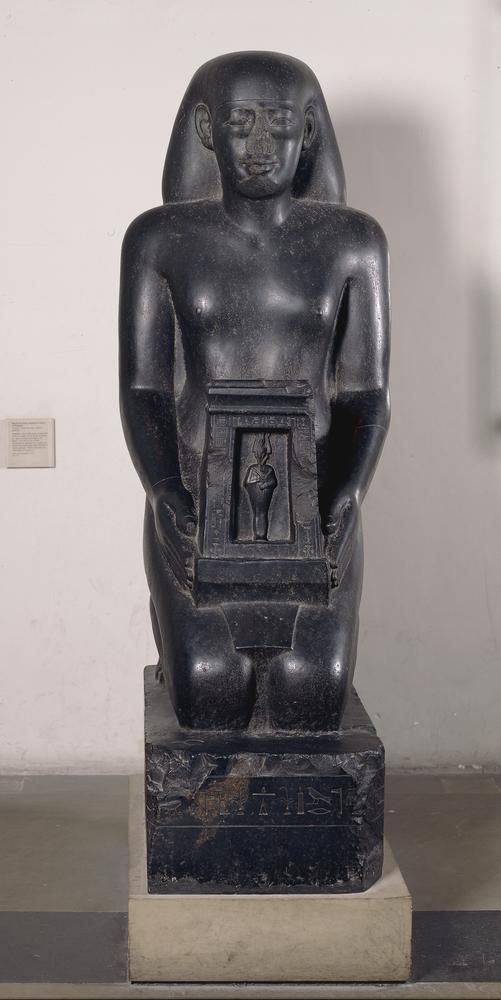
Black basalt statue of wahibra
Statue of Wahibra holding a shrine for the god Osiris, 26th dynasty, Egypt, statues played primary roles in religion and cults of the gods, kings and dead, they wanted to be recipients of their ritual actions
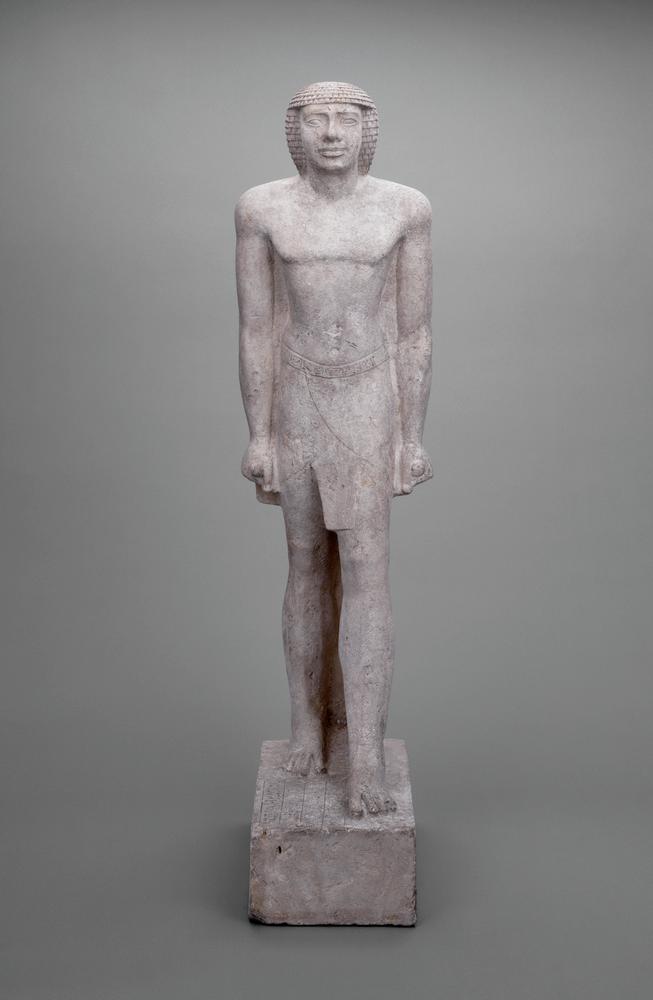
Statue of Tjayasetimu
25th-26th dynasty, late period, London, limestone, displaying her image in archaic style solidifies her prestige
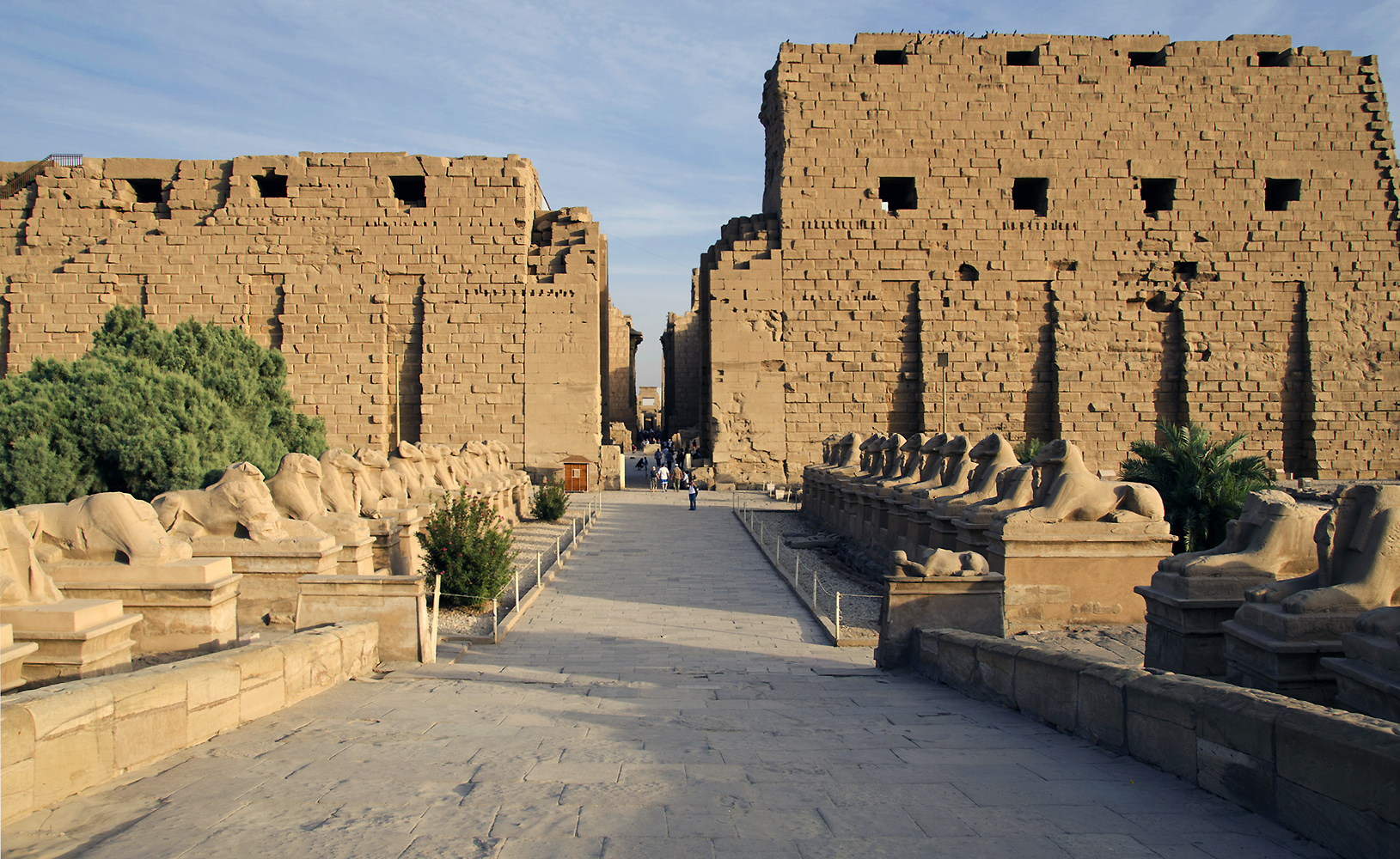
Temple of Khons looking towards the eighth pylon of the temple of Amun-Ra at Karnak
18th dynasty, erected by female king Hatshepsut, new kingdom, Karnak, limestone and quartzite, 4 structures stand guard to reaffirm importance of Pharaoh and to intimidate others

Statue of tjeti from Akhmim
6th dynasty, wood and black paint, obsidian, limestone, copper, nude statues of elite males occur only in the 5th + 6th dynasty and refer to rebirth into afterlife
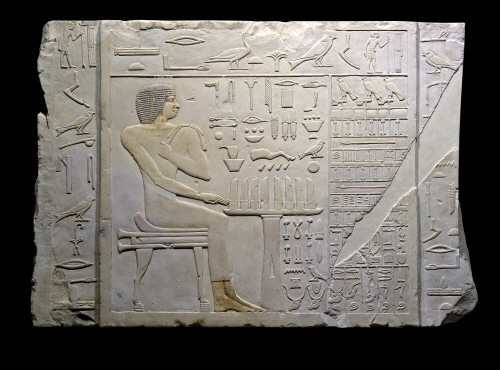
limestone relief slab from the tomb of Rehotep, from his tomb chapel at meydum Egypt
4th dynasty, limestone, the slab that which forms part of the tombs false door was for the deceased to pass through and partake on offerings
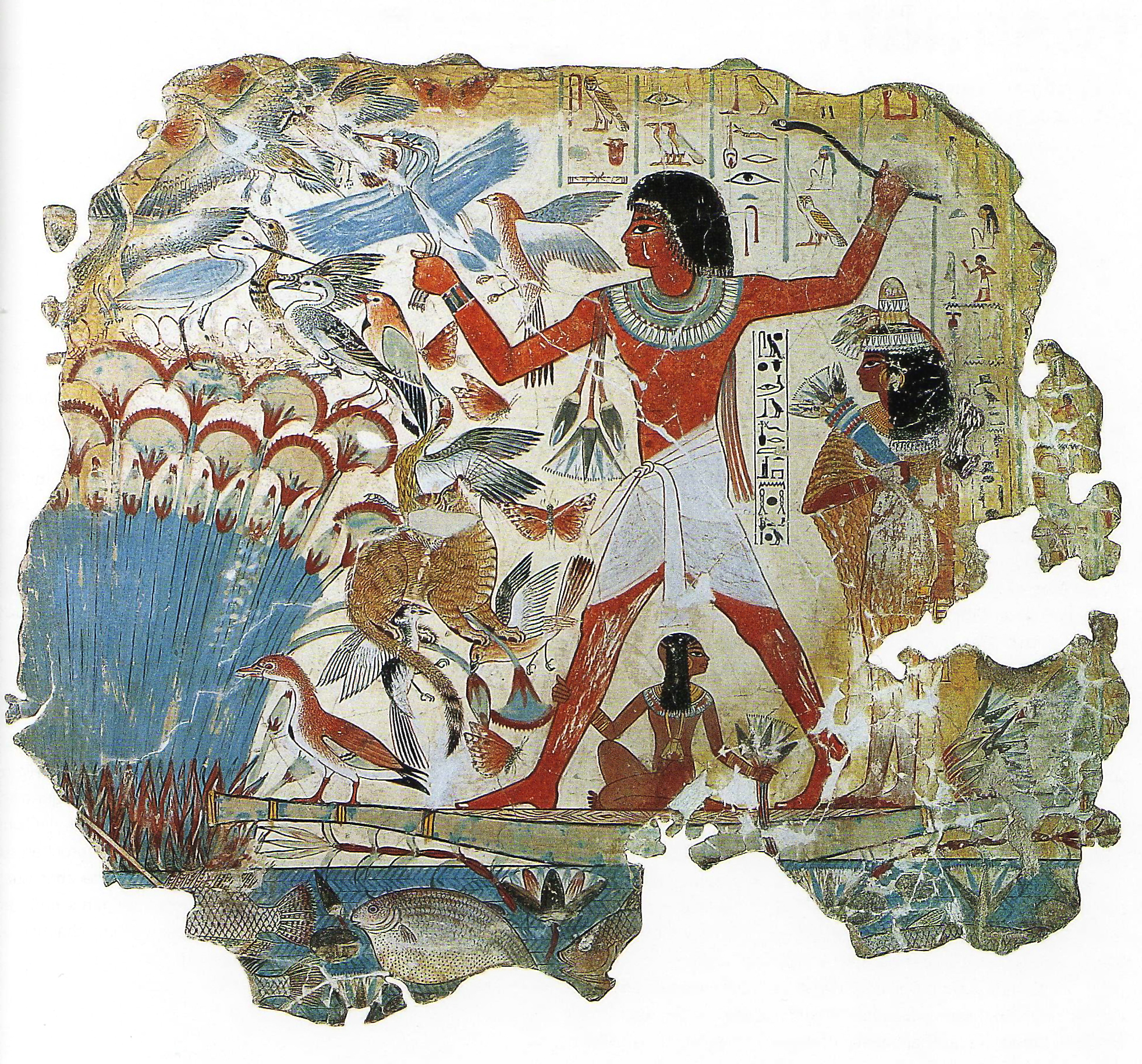
Nebamun fowling in the marshes, from his tomb in thebes,
Egypt, late 18th dynasty, painted plaster, Nebamun was the most important person in the painting resulting in him being the largest,
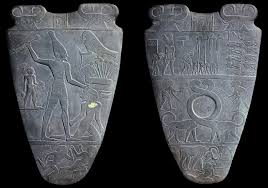
Namer palate
made of schist, Celebrating victory over northern Egypt and is for the unification of upper and lower Egypt. Also used to mix pigments
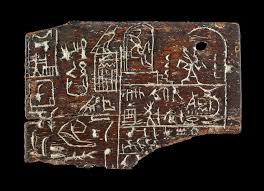
King den in fragment of ebony label from his tomb at abydos
1st dynasty, from his tomb of den at Abydos, ebony wood, originally attached to a jar of high-quality oil and inspired with records of important events from his reign
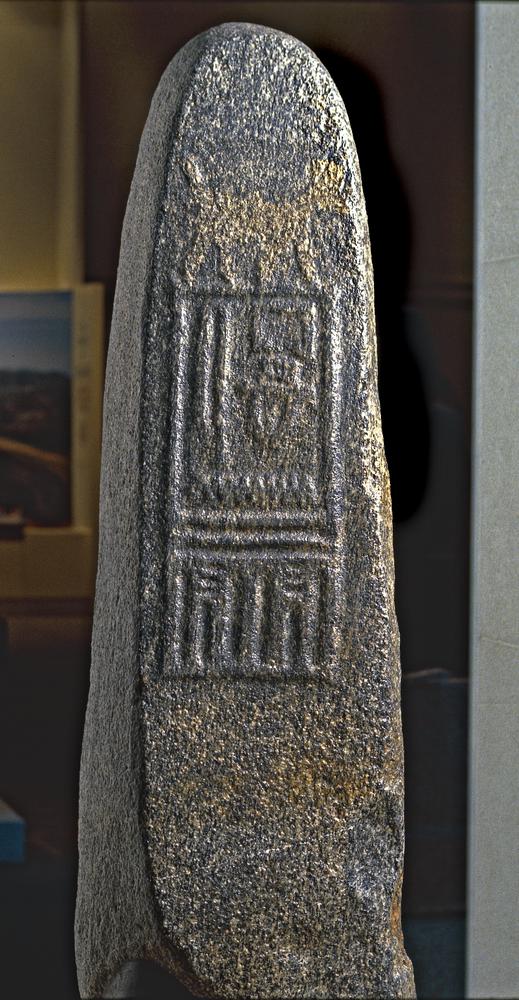
Stele of peribsen from his tomb at Abydos
Made of granite, dynasty II, King made a statement that he is the earthly embodiment of Seth ( murderer of god Osiris) by changing the Horus falcon to the animal of the god Seth.
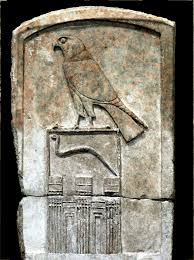
Stele of Djet/ Wadj from his tomb at abydos
Dynasty 1, limestone, Horcus falcon represents that the living king was a representation of the god. Horcus is one of the oldest of five names. one of a pair funerary monument found outside tomb to commemorate deceased king
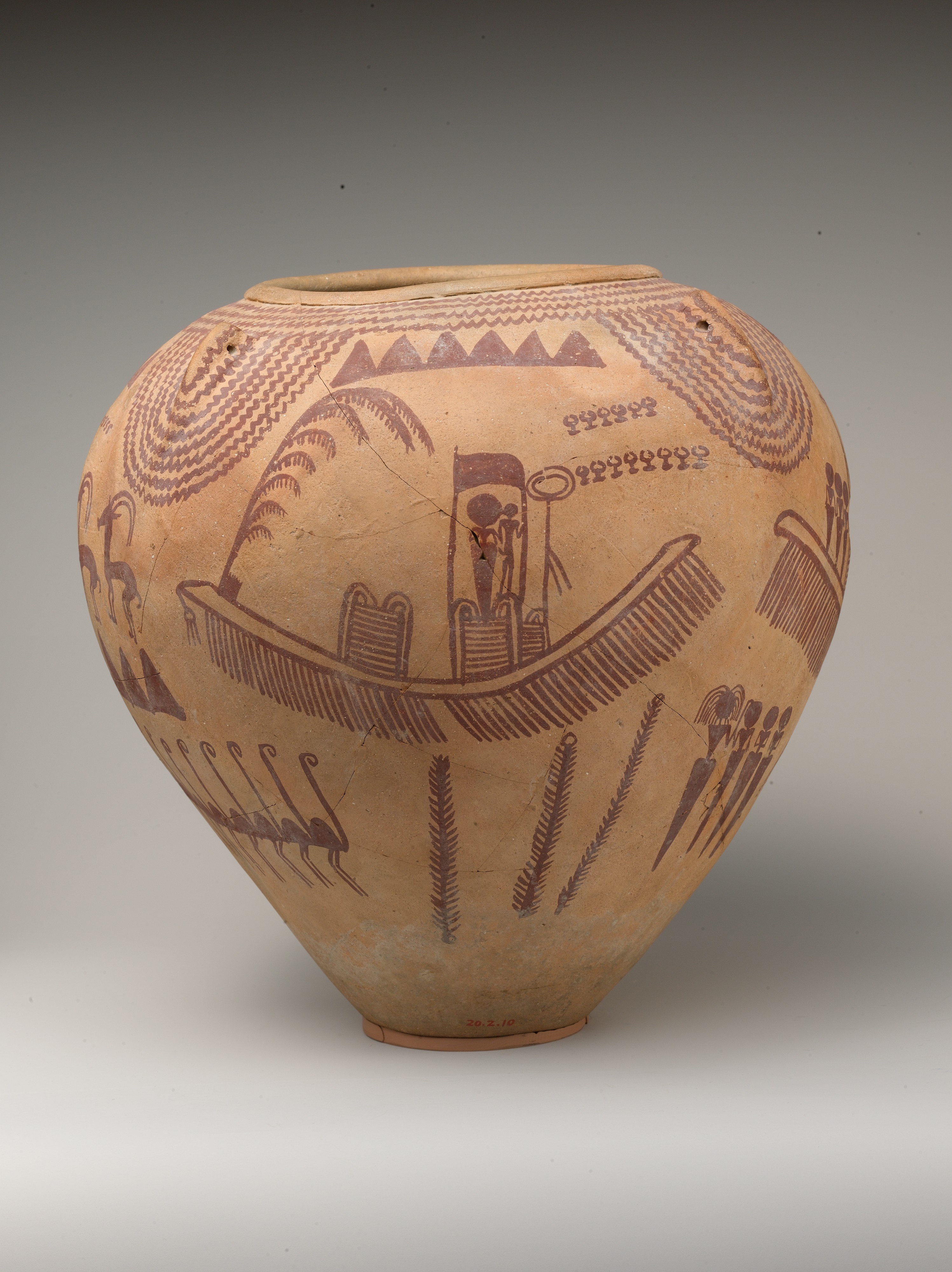
Naqada II pottery vessel painted with boat
predynastic period, El amra Egypt, clay pottery with red pigment, includes boats, plants, animals, and humans which often show the deceased needing a boat to journey into afterlife
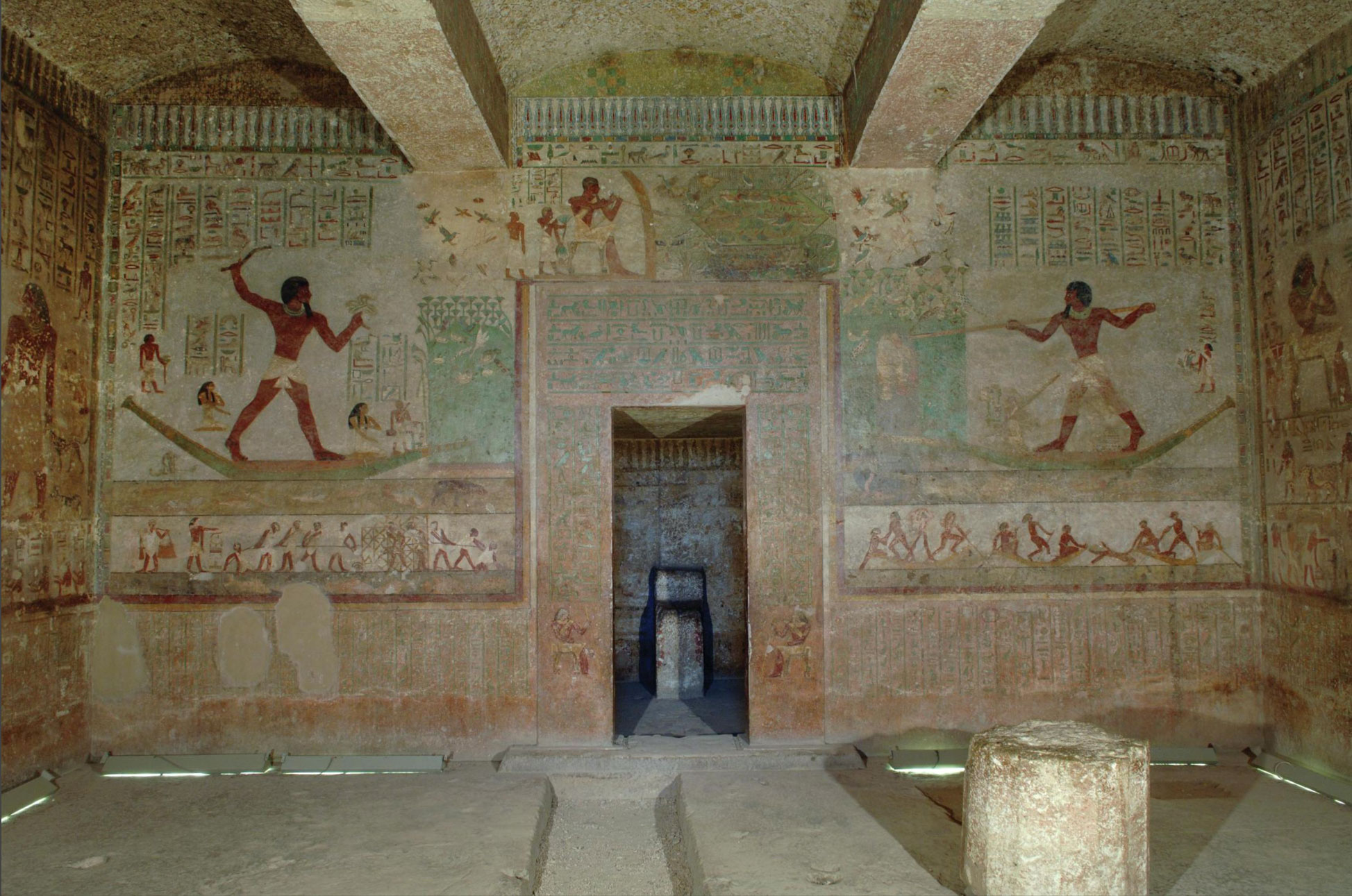
Tomb chapel of Khnumhotep at Beni Hasen
Mural, 12th dynasty, The chapel formed the setting for the performance of the funerary cult for the dead owner.
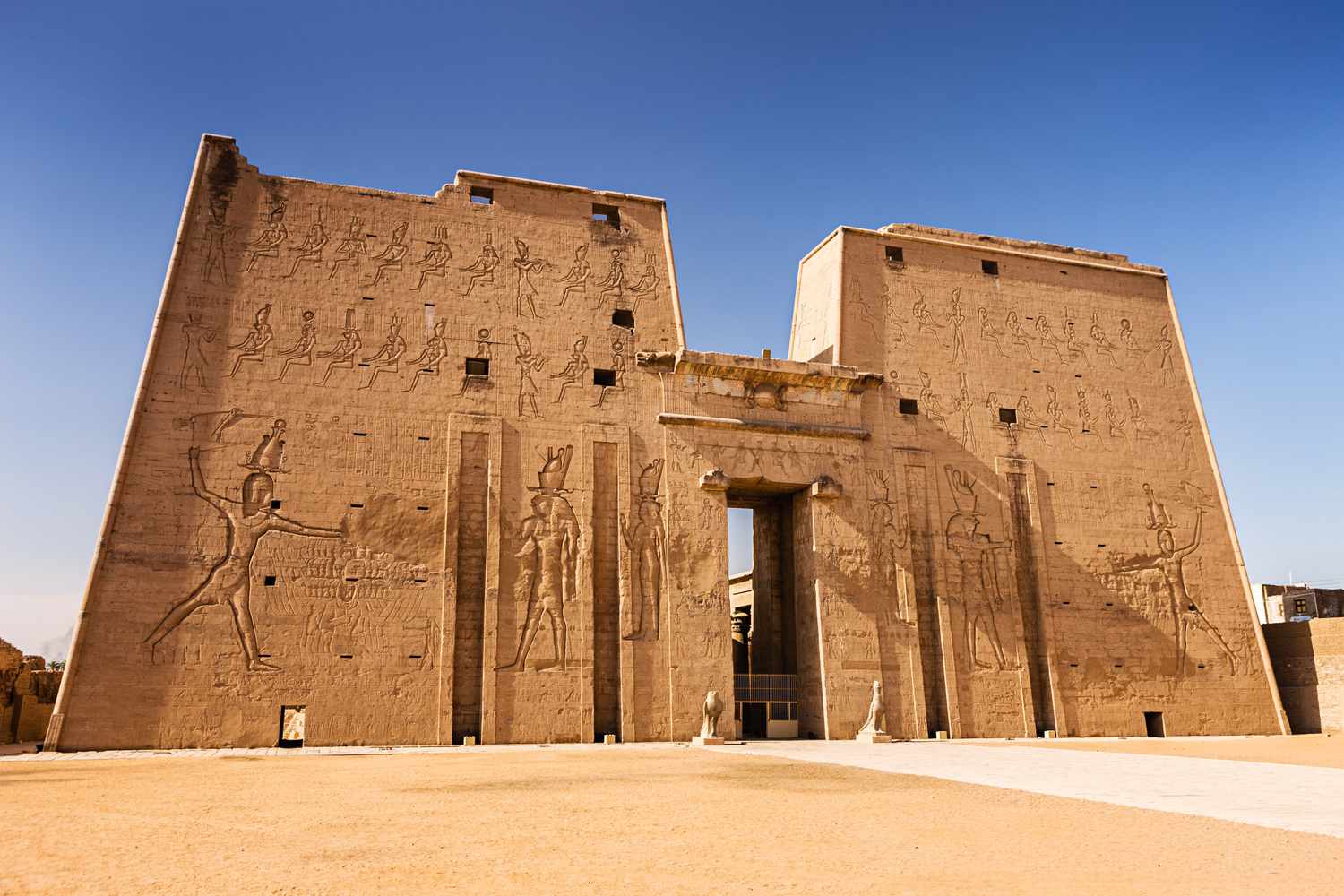
Pylon at the temple of Horus at edfu
Potomac period, symbolizes the boundary between earth and the afterlife
tomb 100
predynastic period, hierakonpous Egypt, painted plaster on mudbrick walls, symbolize early concept of order over chaos by women between auons and various animals and boats
Ceramic figurine of woman with arms above her head
predynastic period, Brooklen Museum, ceramic from Nile clay, found buried in tombs indicating they assisted dead in their journey
Detail from book of the dead of the king’s scribe ani
19th dynasty, new kingdom, British museum, painted papyrus, combo of images and text that is a travel guide to the afterlife
Slate palette showing bound prisoners and domination
predynastic period, Egyptians efforts to show dominance over others during their territorial expansion
Female figurine
Badaeian period, Egypt, lapis lazuli eyes, bone figure, votive figure offering seen in European settlements and in Mesopotamia, exaggerated forms represent fertility goddess and concept of rebirth
King scorpion mace head
Predynastic period, limestone, depicting ruler scorpion II in ceremony roles in agriculture and conquest
Princess sithathorvunets necklace of hieroglyphs sign for kings senwosret II
12th dynasty, middle kingdom, tomb at el-lahun Egypt, gold and stones, falcons declaring the sun gods power of the world
Hieroglyphs
hieroglyphs (Life, prosperity, dominion) on Anostraca, unknown original date, Metropolitan Museum NYC